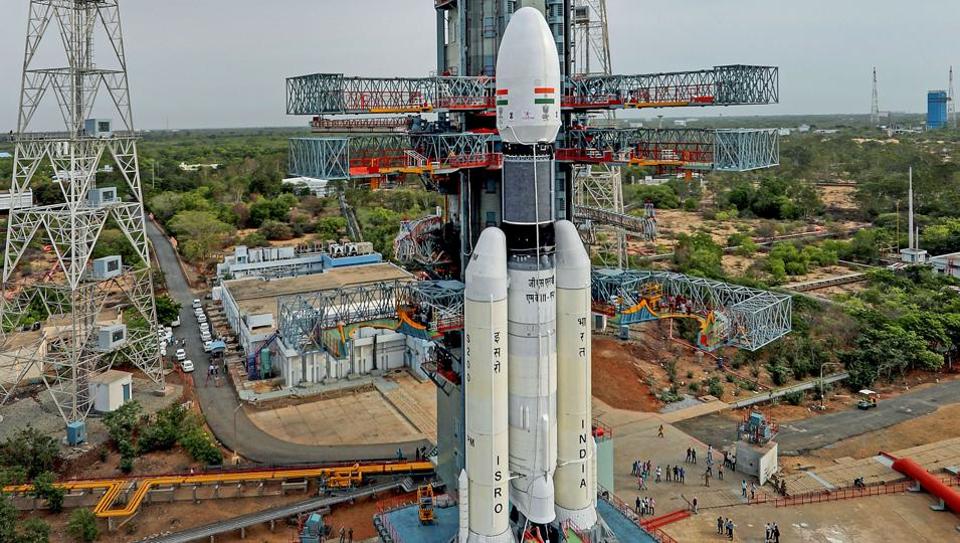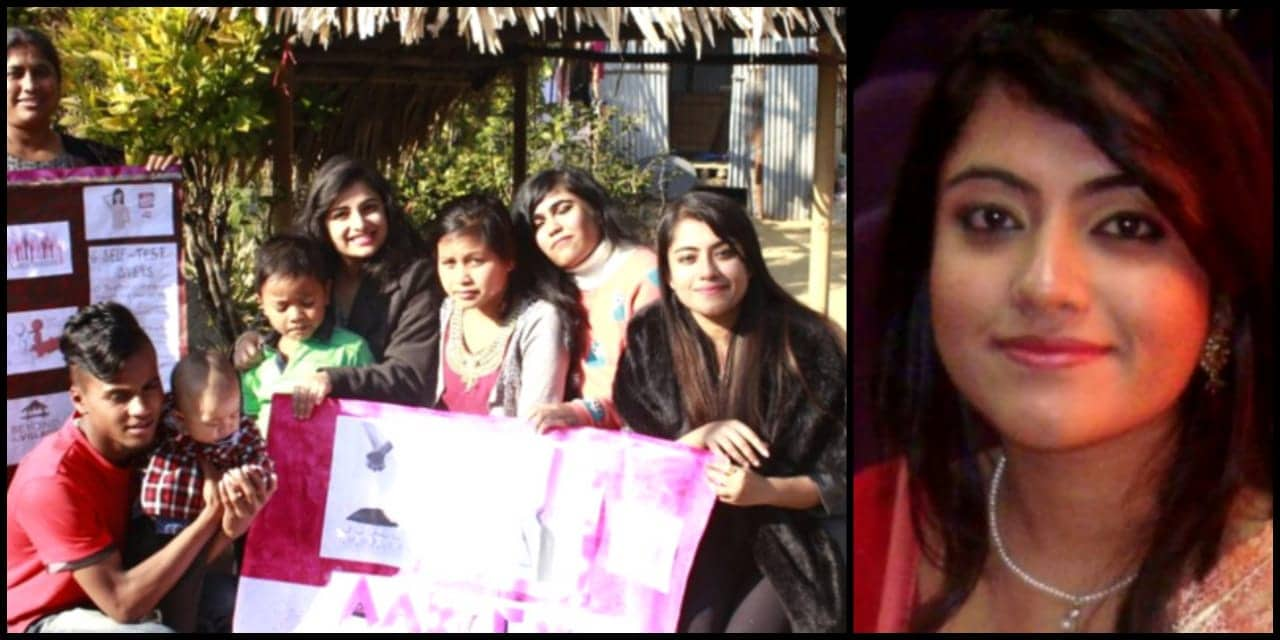India successfully launches Chandrayaan-II, becomes the first country to explore South Pole
In a major breakthrough, Indian Space Research Organization (ISRO) has successfully launched Chandrayaan-II, which is the country’s second moon mission. Chandrayaan-2 is India’s second lunar exploration mission after the massive success of Chandrayaan-1.
This significant mission is developed by the Indian Space Research Organisation (ISRO), aimed to be launched to the Moon by a Geosynchronous Satellite Launch Vehicle Mark III. The set-up includes a lunar orbiter, lander and rover which are all developed domestically.

Chandrayaan-II mission was launched onboard by the Indian space agency ISRO on its most powerful launcher GSLV-Mk III, from Satish Dhawan Space Centre in Andhra Pradesh’s Sriharikota at 2:43 PM on Monday.
According to ISRO’s statement, Chandrayaan-II’s lander ‘Vikram’, named after Dr. Vikram A Sarabhai will finish the 384,400 km journey and land on the Moon on the 48th day of the ground-breaking mission.
India became the fourth country to launch a mission after the US, Russia, and China that would land on the moon and the very first country to land on and explore its south pole region, Chandrayaan-2, was called off from launch just 56 minutes before its scheduled liftoff on July 15 because of a technical snag in the GSLV Mark-III rocket launcher.
In fact, this is India’s second trip to the moon and the first probe, Chandrayaan 1, that was launched in October 2008, made India the first country in the world to complete a successful moon landing in the maiden attempt.
The Chandrayaan 1 was so significant as it discovered water on the moon’s surface, and with the second launch, India now aims to take its mission to a whole new level by landing its probe on a far side of the moon.












